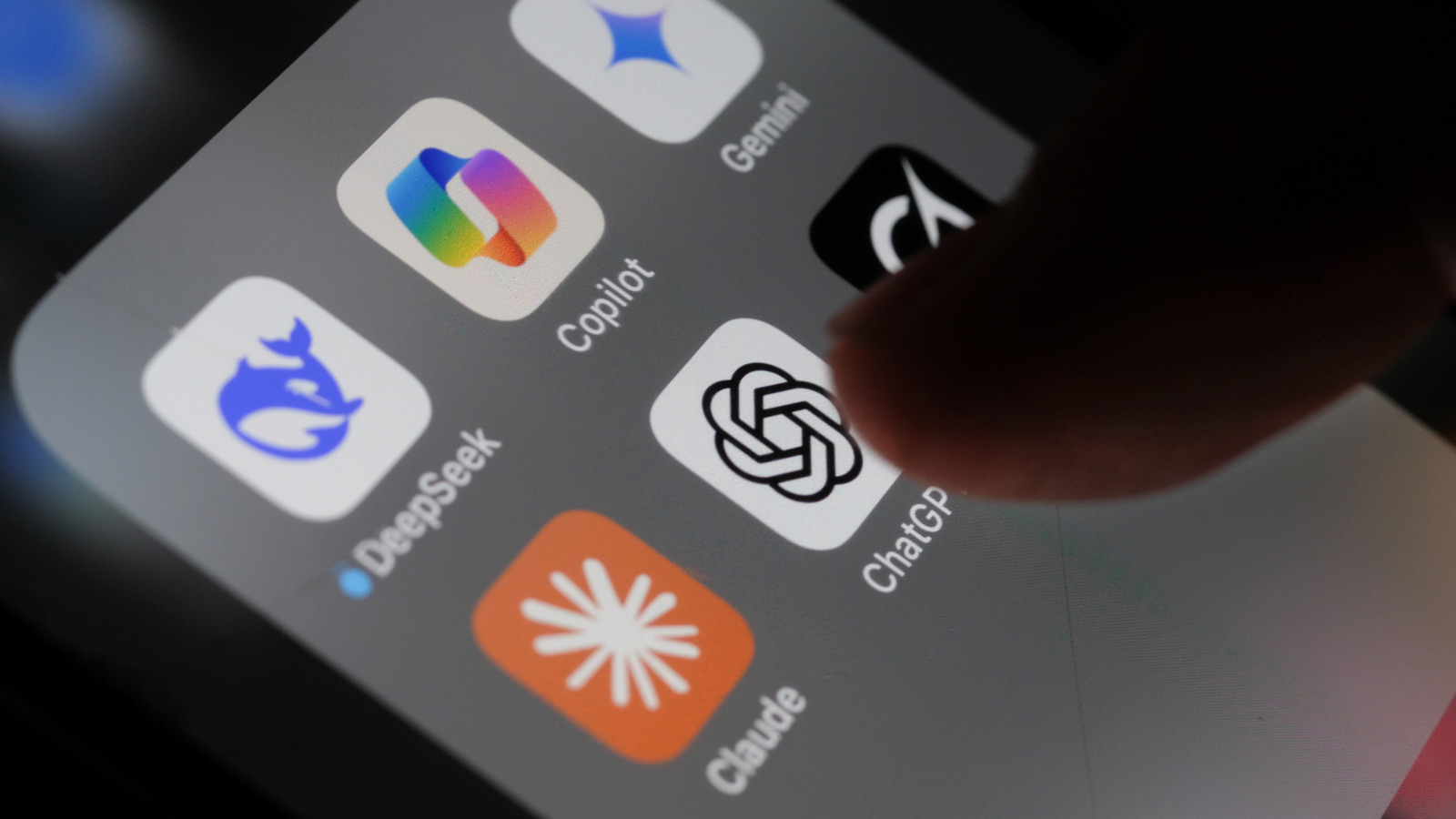Google has revealed the Pixel 10 Pro Fold, but how does it compare to the similar-looking Pixel 9 Pro Fold from 2024?
While the two foldables share a similar look and overall design, this year’s book-style foldable offers key upgrades that haven’t been seen in any other foldable to date.
That said, whether you’re tempted by the foldables or you’re simply just curious, here’s how the Google Pixel 10 Pro Fold compares to the Pixel 9 Pro Fold on paper ahead of its October release.
Pricing and availability
This year’s Pixel 10 Pro Fold starts at £1,749/$1,799, complete with 256GB of storage – though 512GB is also available at additional cost. However, unlike the rest of the Pixel 10 range that’s due out later this month, the Pixel 10 Pro Fold isn’t due to ship until 9 October 2025.
The Pixel 9 Pro Fold had the same £1,749/$1,799 RRP at release last year, but given that it’s now a year old and not technically the latest model, we’ve already seen the price drop well below RRP. It’s available for just £1,192 in the UK at the time of writing.
The Pixel 9 Pro Fold is thinner and lighter – just
Google seems to have missed the memo here. In a year where we’ve seen seriously slim foldables like the Samsung Galaxy Z Fold 7, which measures in at an impressive 4.2mm folded and 8.9mm unfolded, the Pixel 10 Pro Fold is thicker and heavier than last year’s Pixel foldable.
That said, there’s not that much in it. The Pixel 10 Pro Fold measures in at 5.2mm when unfolded and 10.8mm when folded – up from the 5.1mm and 10.5mm of the Pixel 9 Pro Fold – though this year’s Fold is 1mm narrower to make it easier to hold and use in its folded form.

It’s a similar story when looking at weight, with the Pixel 10 Pro Fold weighing in at 258g compared to the Pixel 9 Pro Fold’s 257g. That said, neither are particularly light compared to the foldable competition in 2025 – the Samsung Galaxy Z Fold 7 measures in at 215g, while Honor’s Magic V5 measures in at 218g.
The Pixel 10 Pro Fold has a slightly bigger cover screen
Despite the fact that the Pixel 10 Pro Fold is slightly narrower than its predecessor, this year’s foldable offers a slightly larger 6.4-inch cover screen. The Pixel 9 Pro Fold had a 6.3-inch panel, for context.
But rather than expanding the dimensions of the tablet, the extra screen space comes from Google shrinking the bezels that surround the outer panel. That means it’s not just slightly larger and more usable, but it looks a touch more premium too.


Elsewhere, however, the two screens are fairly evenly matched; both feature a 120Hz refresh rate, OLED screen tech and a 20:9 aspect ratio. In fact, with the same resolution despite the larger screen, it’s actually the Pixel 9 Pro Fold that has the higher pixel density at 422ppi compared to 408ppi.
Internally, you’ll find the same 8-inch LTPO-enabled OLED screen with a smooth 120Hz refresh rate and Google’s signature 1:1 aspect ratio. This year’s Fold is slightly brighter, with a 3000nit peak brightness compared to 2700nits, but in real-world use, you’ll unlikely to be able to tell a difference.
The Pixel 10 Pro Fold has the best durability of any foldable
Durability is a big problem for foldables, with more moving parts meaning more could go wrong – especially when it comes to the complex hinge mechanism. It’s this that has stopped foldables from matching the IP68 dust and water resistance offered by regular bar phones – until now, that is.
The Pixel 10 Pro Fold is the first foldable to offer full IP68 dust and water resistance, meaning it’s just as durable as regular 2025 flagships – and that’s a big deal for foldables. Much of the competition offers similar levels of waterproofing, but falls well short of dust ingress protection.


This essentially means that you can use the 10 Pro Fold at the beach or the pool without concern about dust or water getting inside your device and causing irreparable damage.
For context, last year’s Pixel 9 Pro Fold offered no kind of dust protection whatsoever with its IPX8 rating, so Google has come a long way in just a year.
The Pixel 10 Pro Fold offers MagSafe-esque connectivity
One of the significant new additions to the entire Pixel 10 collection is Qi 2.2 support, and unlike other manufacturers, Google has embedded magnets directly into the phones’ chassis. It’s called PixelSnap, but it’s essentially Google’s answer to Apple’s popular MagSafe technology.
That means that the Pixel 10 Pro Fold offers the tech, marking the first foldable of any kind to do so. It’ll be compatible with Google-designed accessories, but the company has also confirmed that it’ll play nice with MagSafe-branded accessories designed for iPhone. They’re built on the same underlying principles, after all.


The Pixel 9 Pro Fold doesn’t have any kind of PixelSnap support – though you’ll likely be able to find magnetic cases for the phone that bridge the gap.
The Pixel 10 Pro Fold features the Tensor G5 chipset
Last, but by no means least, the Pixel 10 Pro Fold features Google’s latest and greatest Tensor G5 chipset, up from the Tensor G4 present on last year’s Fold.
While we’ve not yet benchmarked the new Pixel and thus can’t say with certainty if it’s more powerful, it’s safe to assume it will be. That said, Google’s chipsets have never focused on pure performance power, instead focusing more on AI processing, and that trend looks to continue with the G5.
It likely won’t compete with Snapdragon 8 Elite-equipped alternatives like the Galaxy Z Fold 7 in benchmark testing, but it should still be solid in everyday use – as every other generation of Tensor has been until now.
Early thoughts
Though it’s nowhere near as slim or light as the competition, the Pixel 10 Pro Fold offers meaningful upgrades over last year’s model, with foldable-firsts like full IP68 dust and water resistance and MagSafe-esque PixelSnap support, along with plenty of AI smarts, more processing power and more.
That said, the two phones are very similar in several regards, from overall design to screens, so if you don’t care about improved durability or PixelSnap, you could save a pretty penny by going with last year’s Pixel 9 Pro Fold.
We’ll update this comparison once we’ve spent time with the Pixel 10 Pro Fold after its release in October.









